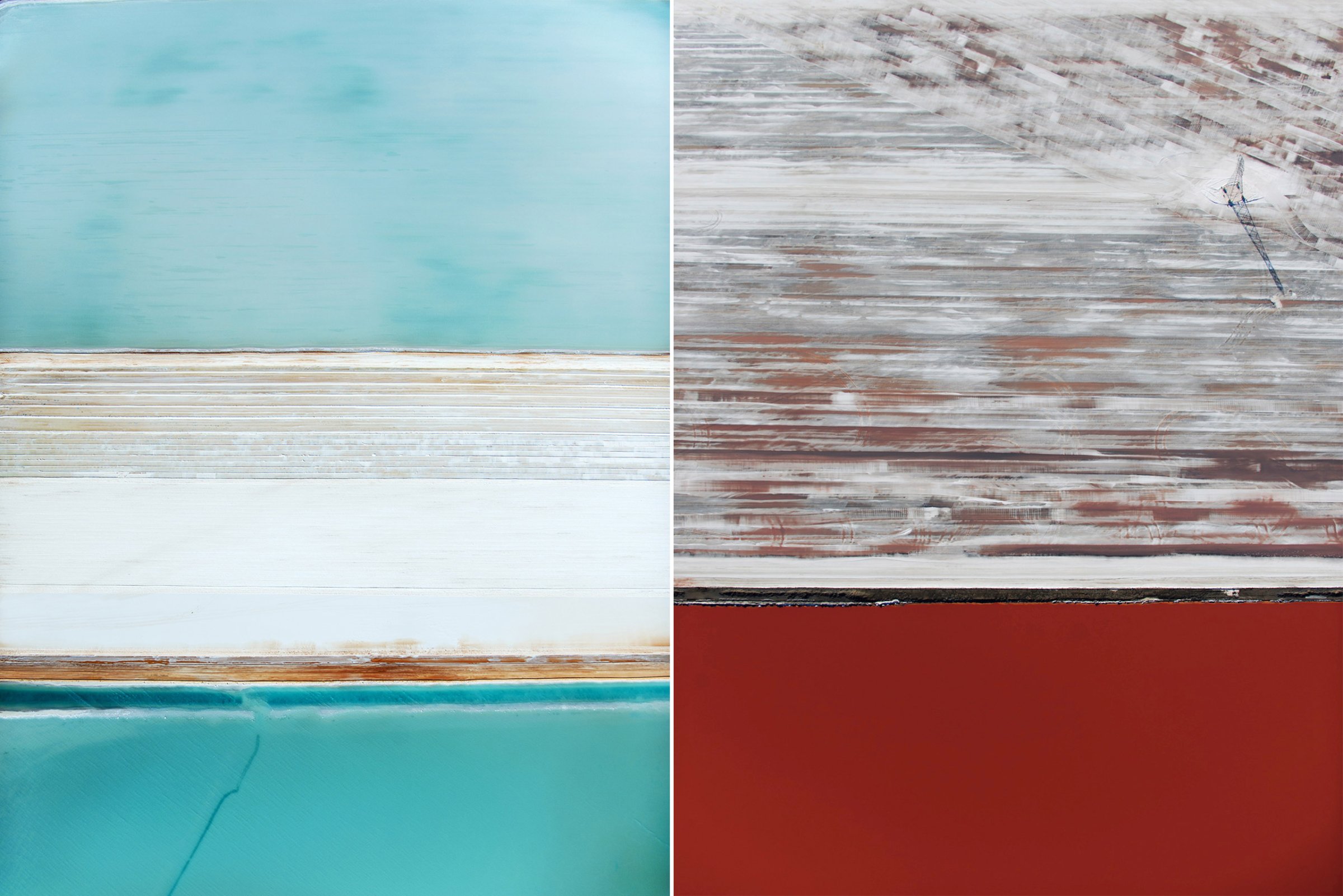
While living in Sydney, photographer Tommy Clarke found himself falling out of love with fashion photography. Eager to create something from a new perspective and enamored with Sydney’s beaches, Clarke, after some careful saving, took his first helicopter ride. It was as a photographic frenzy, he says. Having worked out how much the trip was costing per minute, any moment he didn’t have his camera at his eye felt like a missed opportunity.
But it’s only when he was flying over the salt ponds in Utah that Clarke was finally able to relax. It “was so calm and peaceful, with these pastel tones in the water, that I actually sat back for a while and just enjoyed the view,” he says.
The multi-colored pastel ponds that Clarke found so breathtaking are part of the process of mining potash, a salt used for fertilizer, NASA’s Earth Observatory reports. Briny water is pumped up from deep underground into shallow evaporation ponds, where it is dyed dark blue in order to speed up the evaporation process. Depending on the pond’s salinity and algae content, it can appear in a variety of colors from deep blue to vibrant orange or dusty pink.
Inspired by abstract expressionist painters Mark Rothko and Barnett Newman, Clarke wanted to create abstract work himself, without resorting to image manipulation. He spent months researching locations using satellite imagery, before discovering Utah’s salt ponds, where he found the perfect combination of color, line, and geometry.
With a photographic style that borders both fine art and travel photography, shooting from a helicopter has provided Clarke with more than just a new perspective. “The ability to sit up there with no obstructions in front of you for a few hours if you need, is just incredible. It gives you time to really compose your shots and then even find new ones you didn’t plan on.”
Clarke finds the trips to be well worth the expense, mentioning that drones, another option for aerial photography, lack the range available to a helicopter and “at the end of the day,” he says, “hanging out the side of a doorless helicopter has to be more fun than standing in a field with a remote control in your hands.”
“I hope that the viewer can appreciate what a beautiful planet we live on,” he adds. “It may sound simple but even from our colorful industrial landscapes to the coral reefs of Antigua or the busy beaches of St Tropez, there are so many landscapes out there to explore.”
Clarke’s first solo exhibition, Up in the Air, opens in London on Oct. 14, and after that, he’s not slowing down, heading out to shoot a collaborative project in the Caribbean and then over to France to photograph ski resorts. At the top of his wishlist is Iceland’s volcanic rivers and glaciers—”It looks like nowhere else on Earth.”
Tommy Clarke is a photographer based in London. His exhibition, Up in the Air, will be held at The Old Truman Brewery in London until Oct. 25.
Marisa Gertz and Kim Bubello, photo coordinators at TIME.com, wrote and edited this photo essay. Follow Marisa on Instagram and Tumblr. Follow Kim on Instagram.
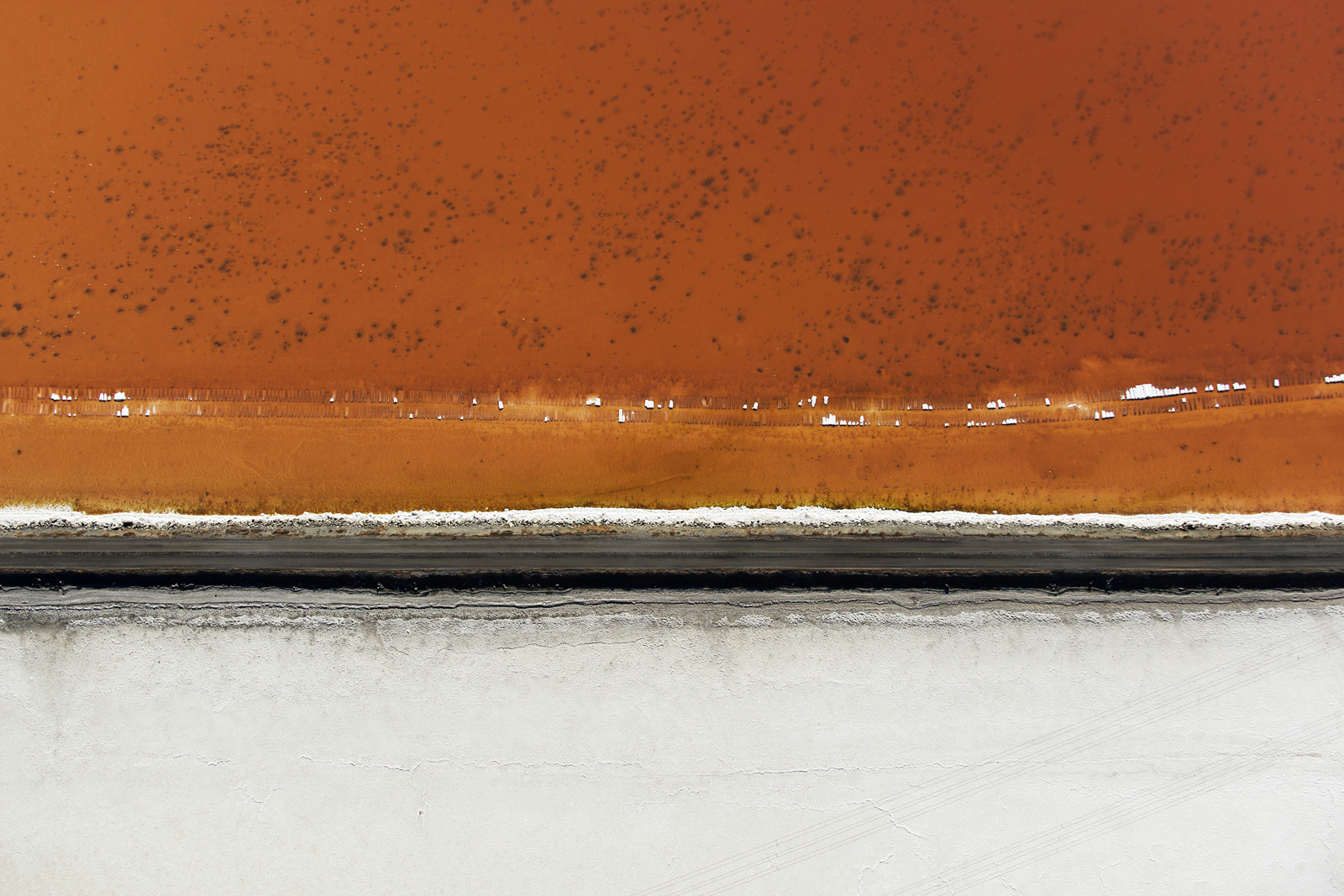
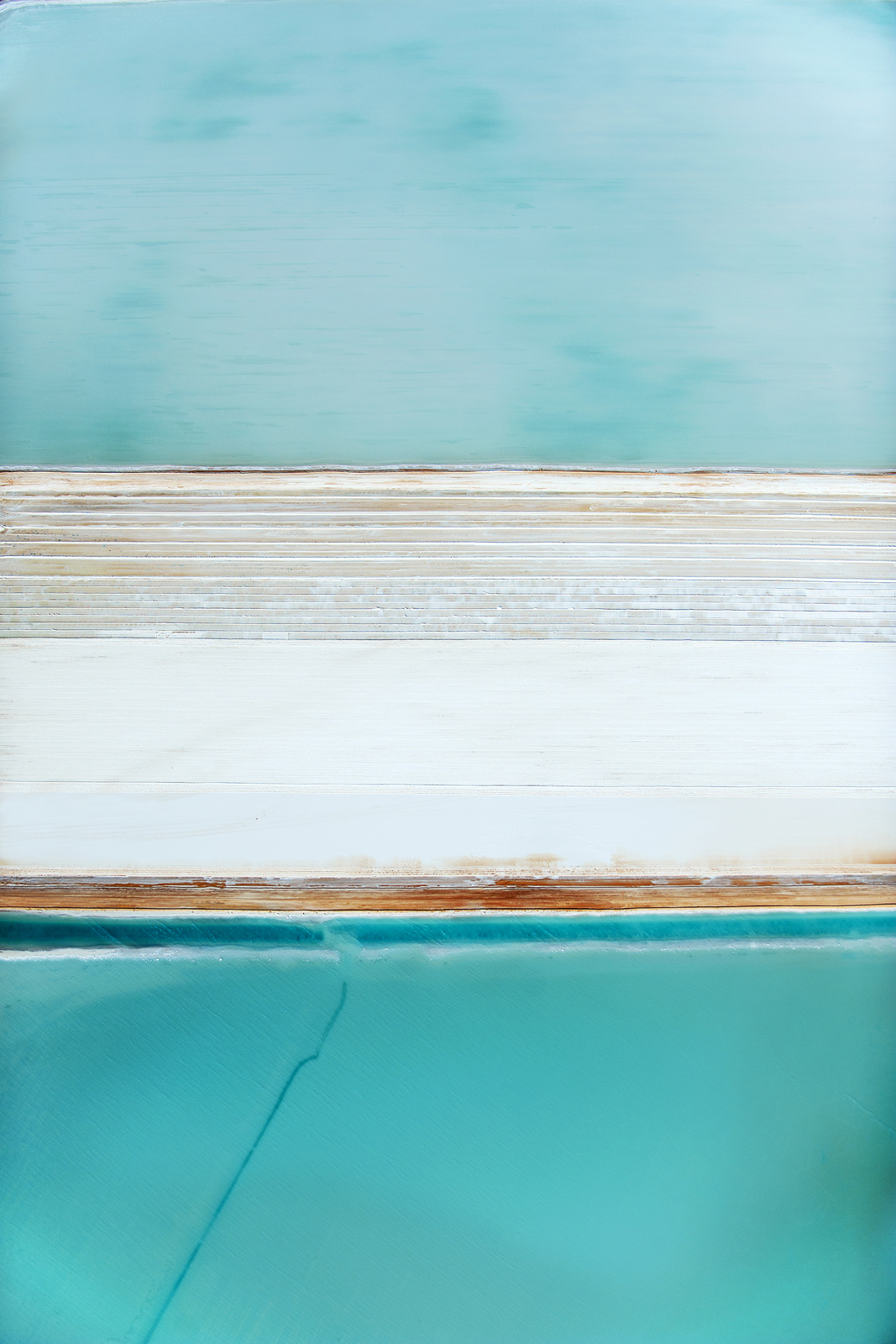
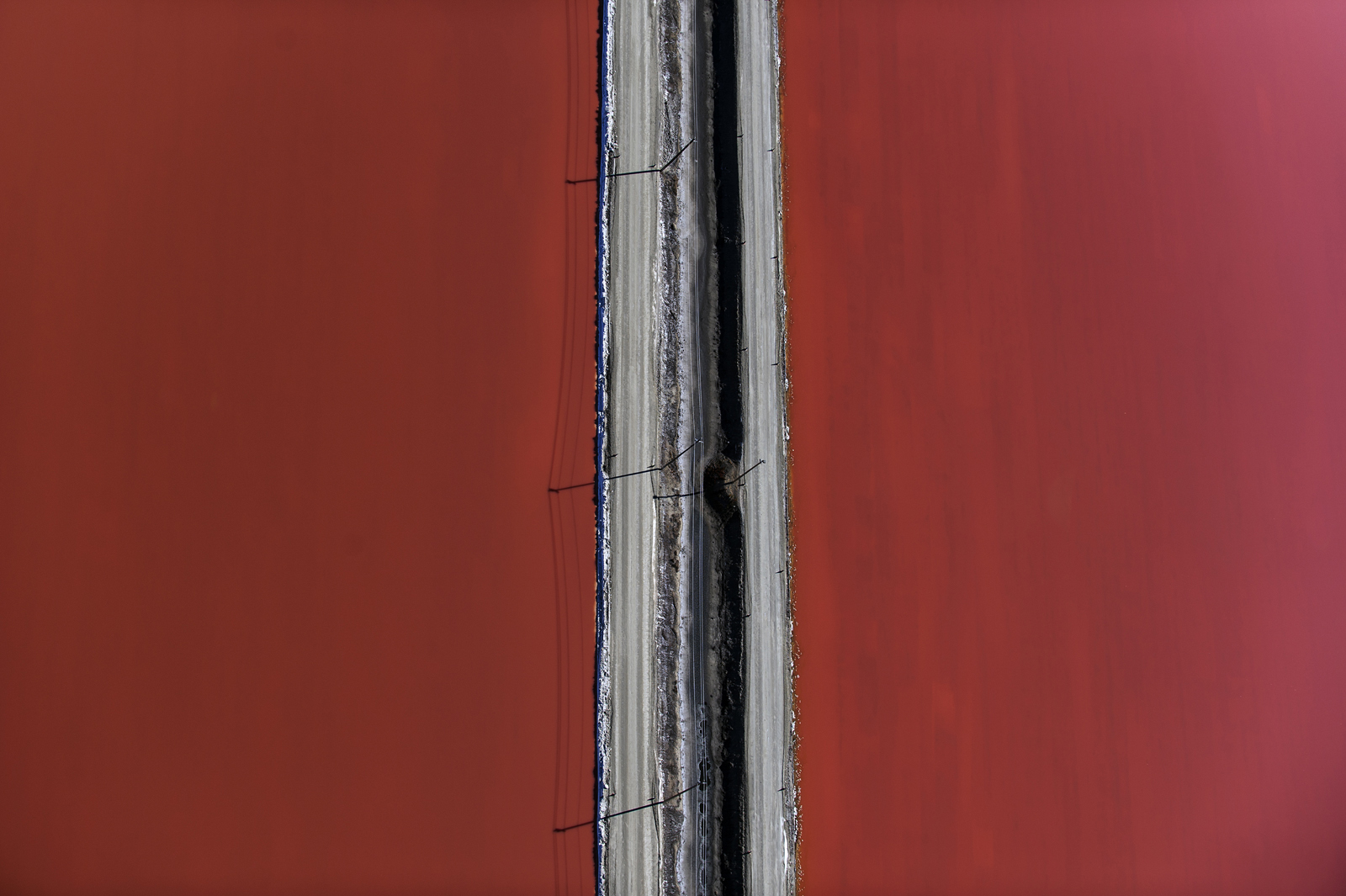
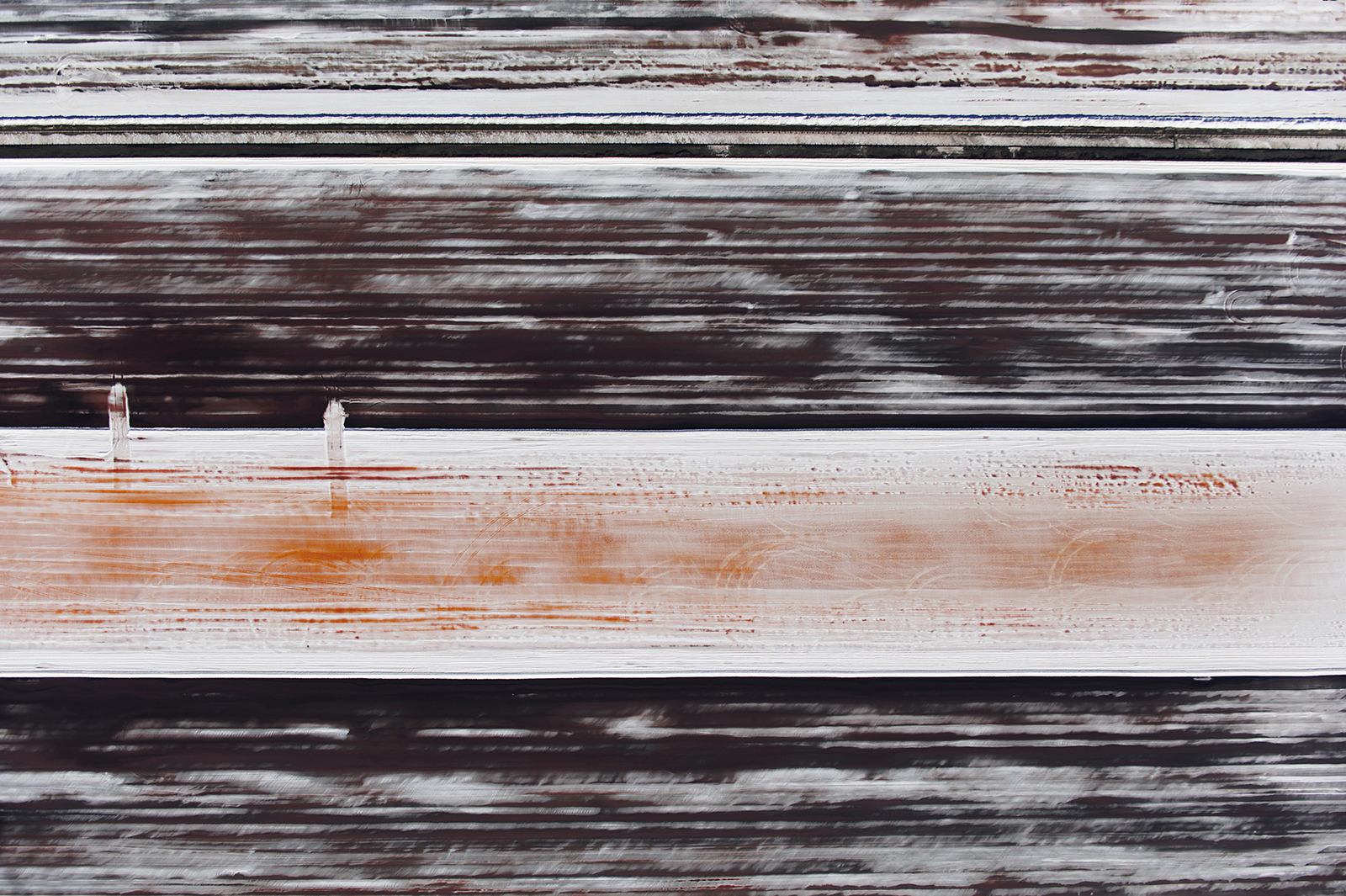
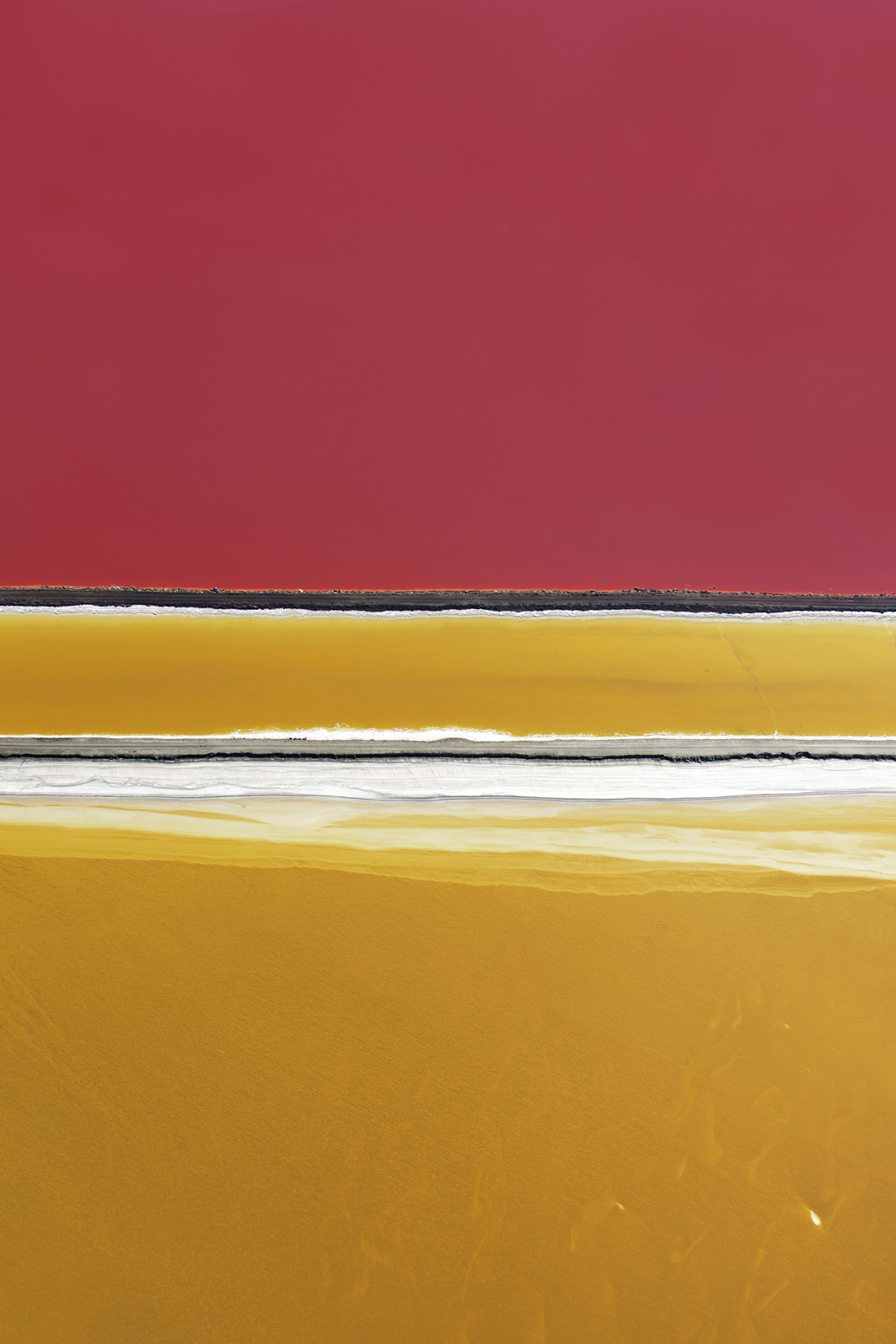
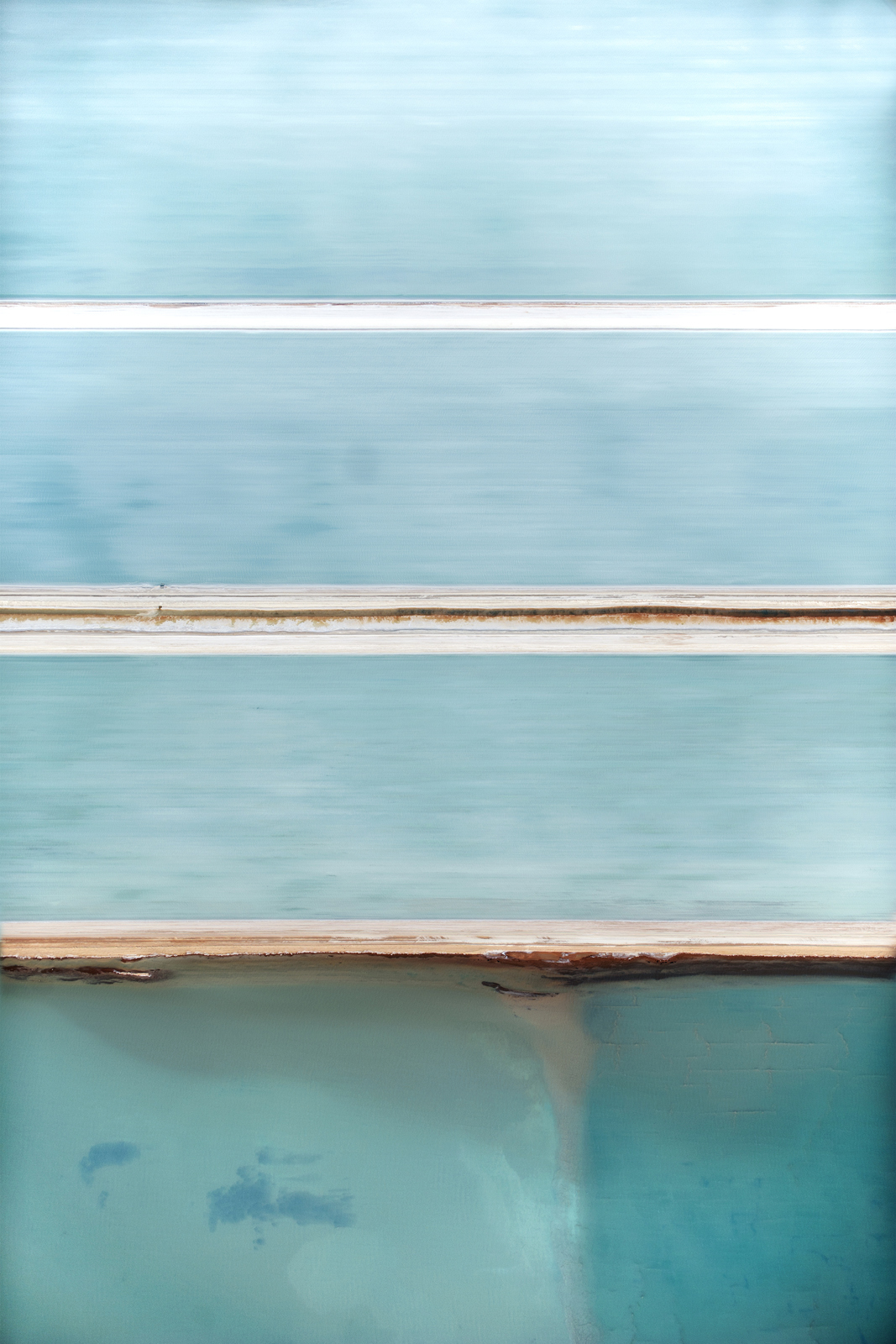
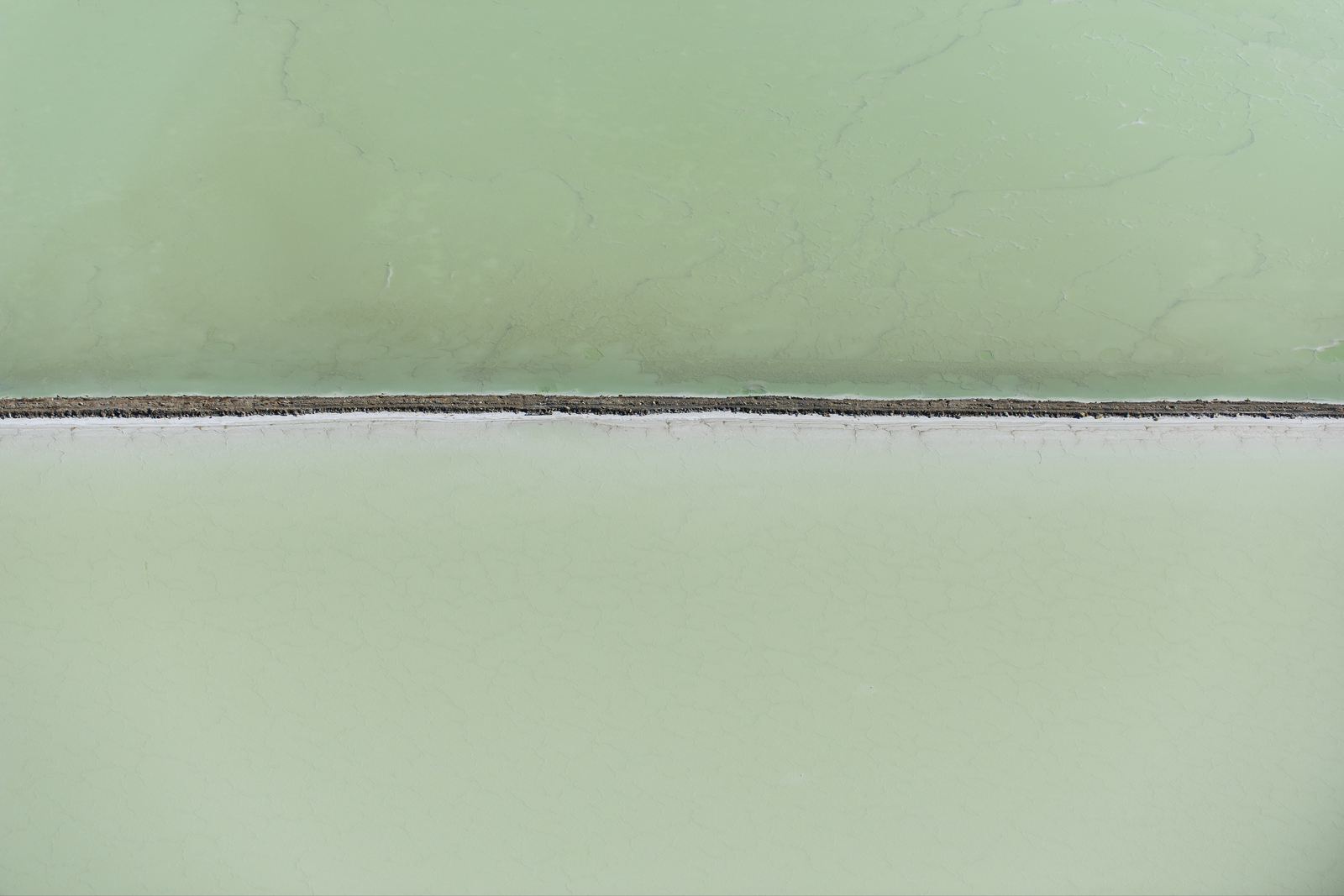
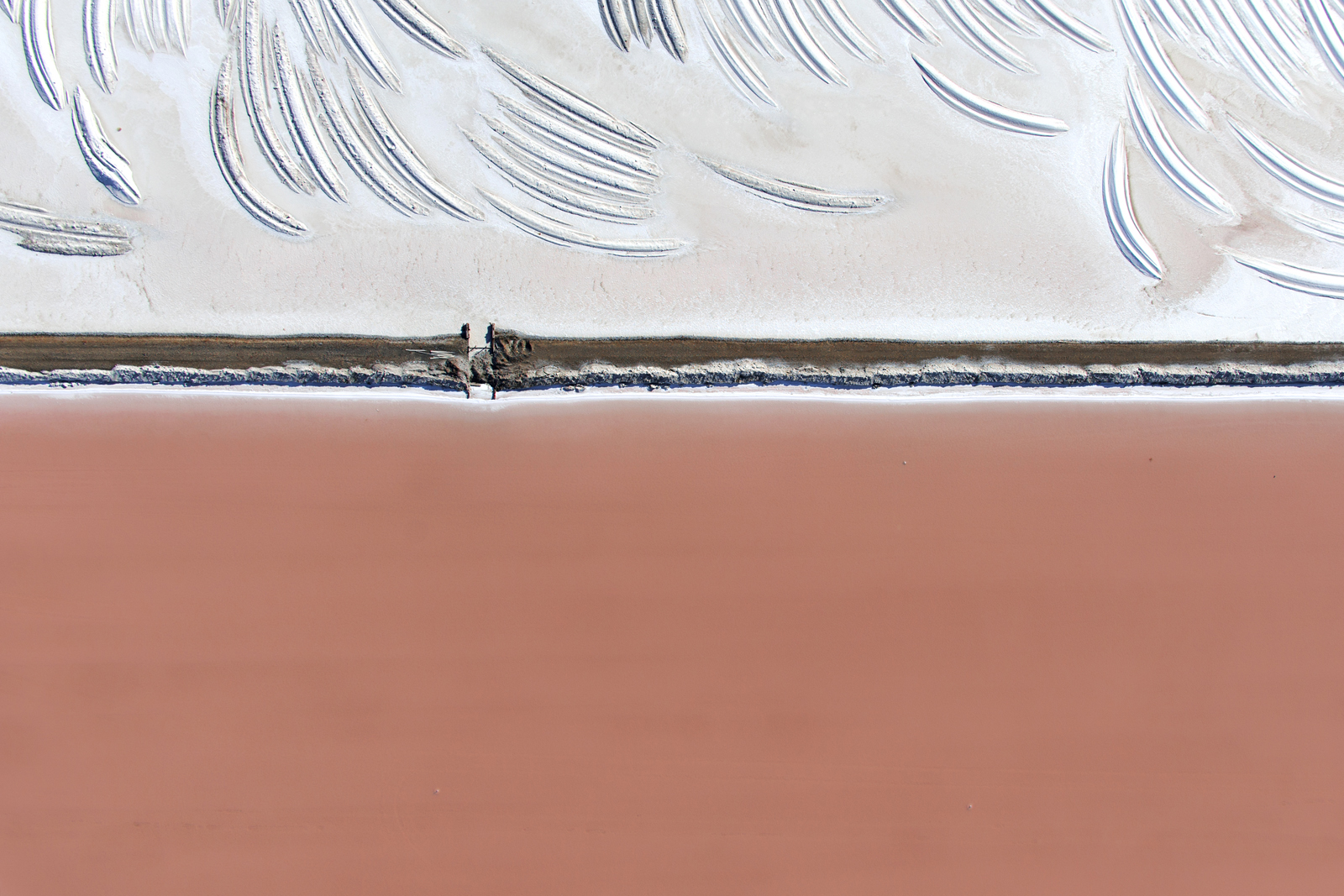
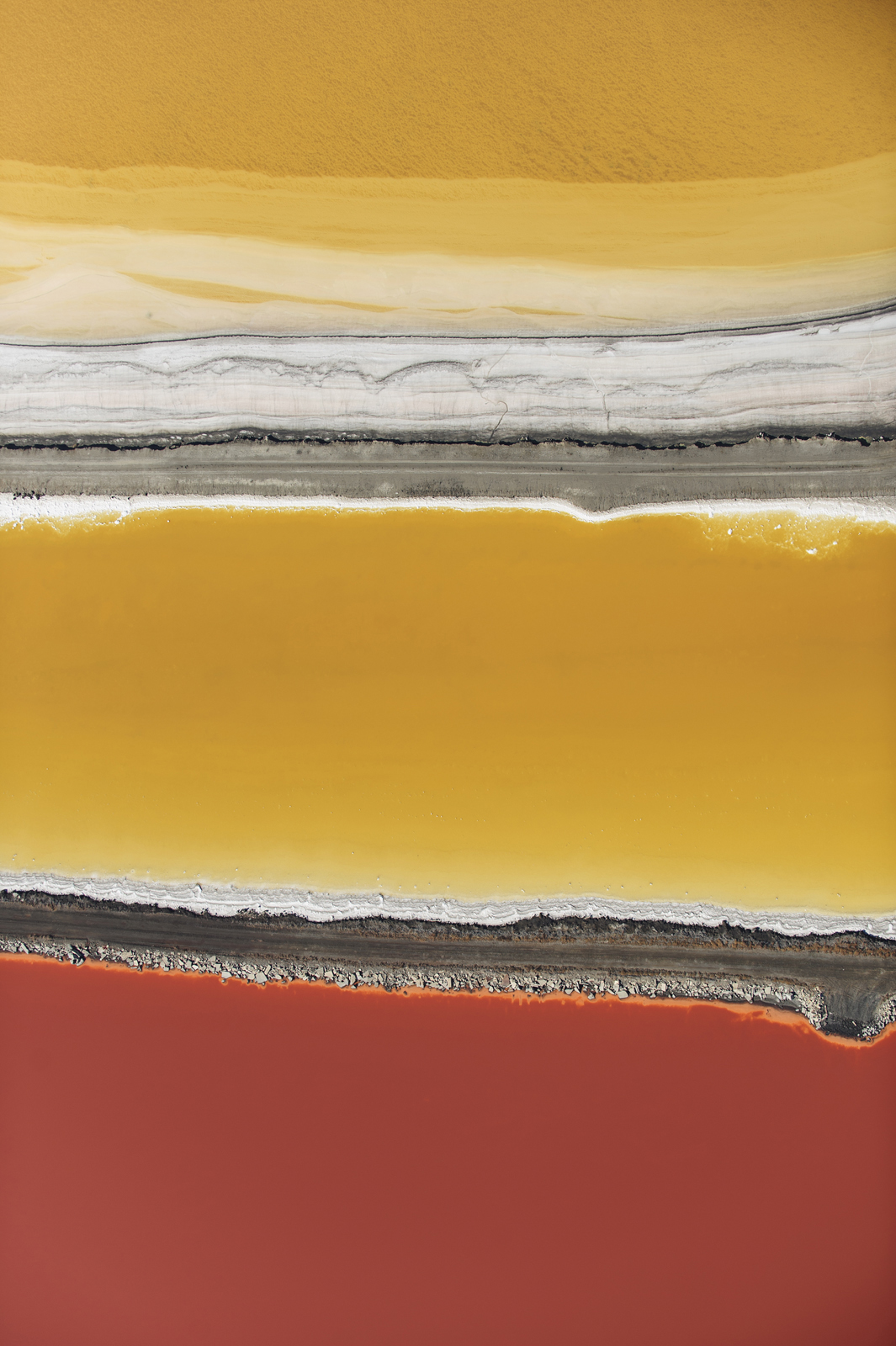
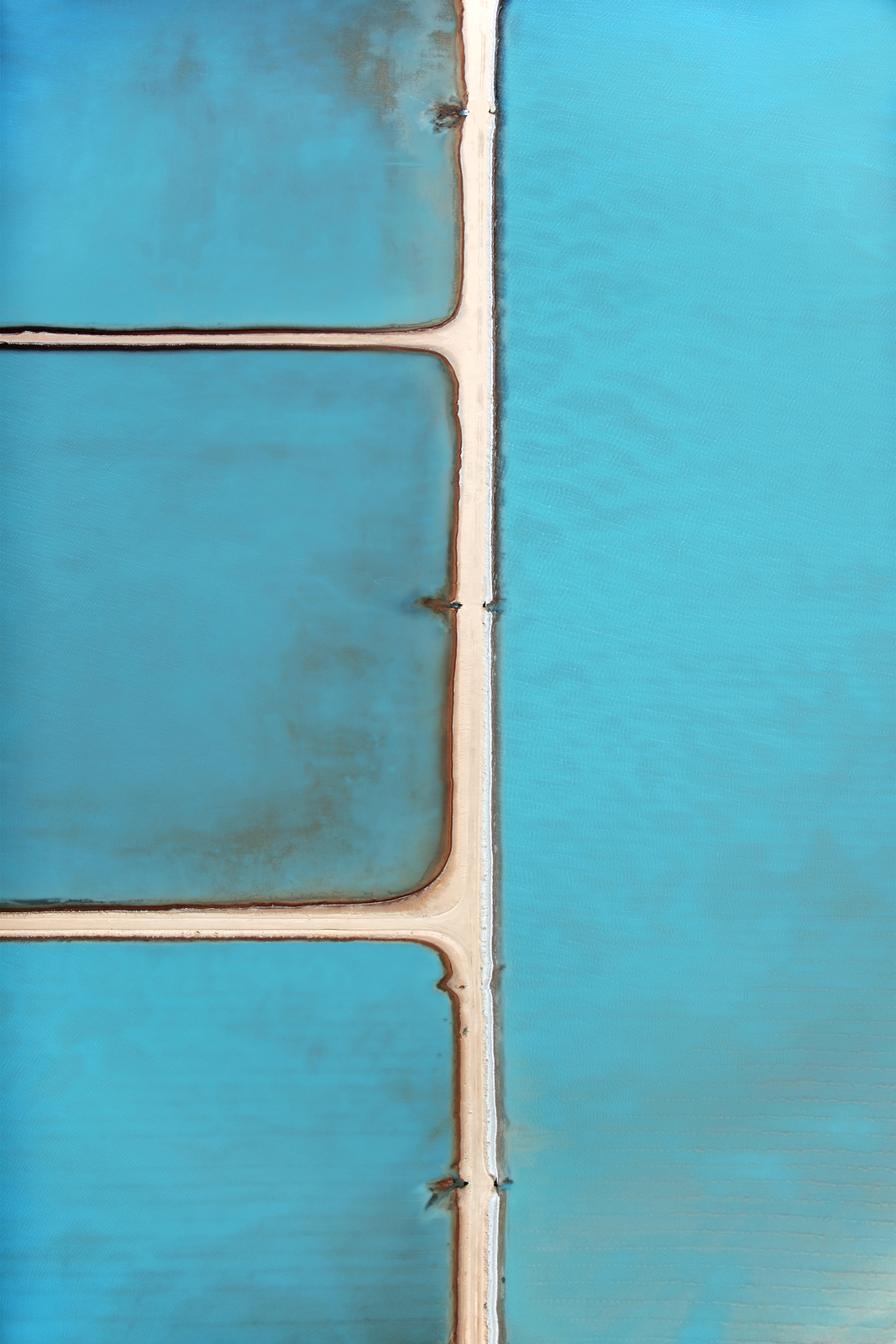
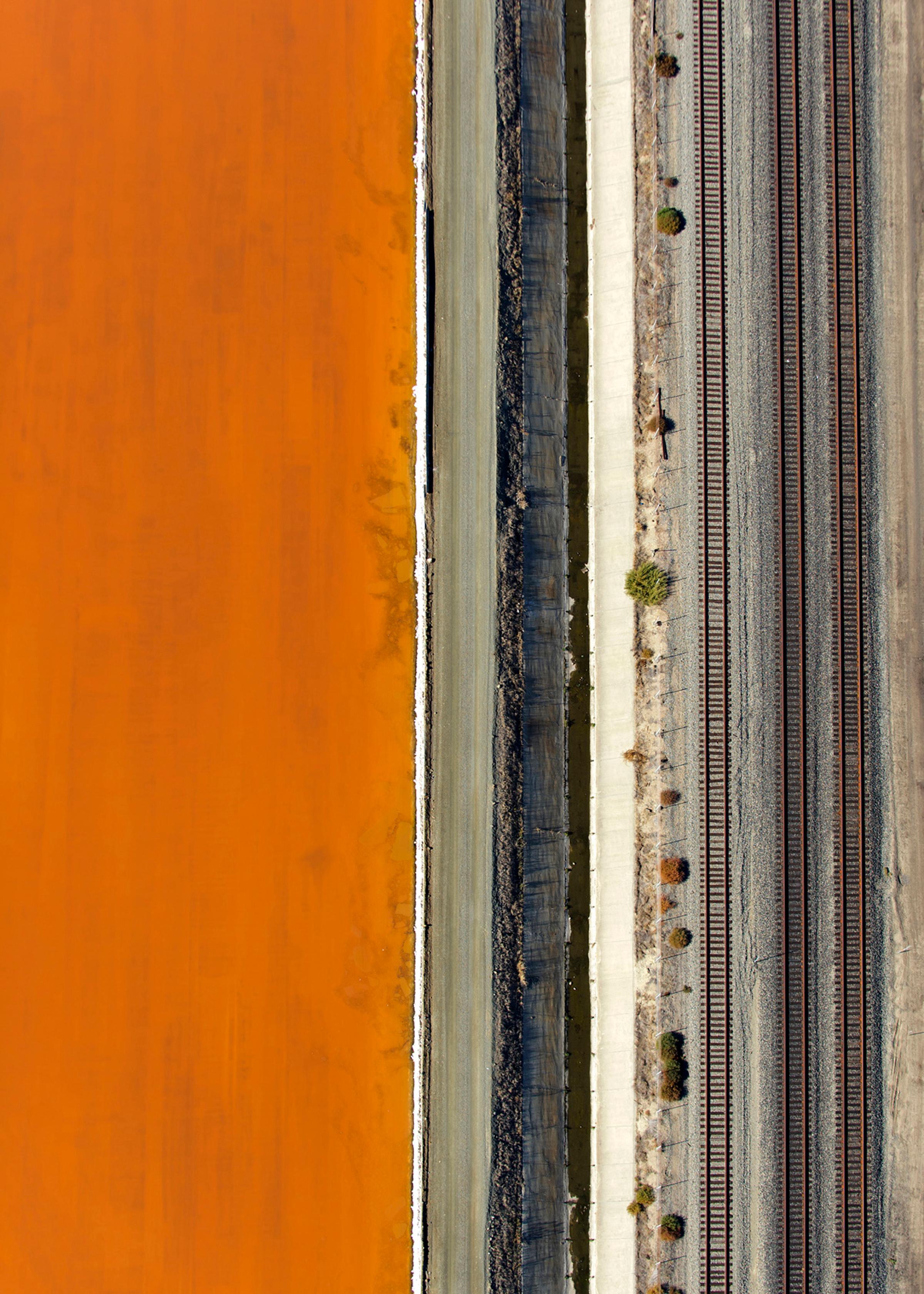
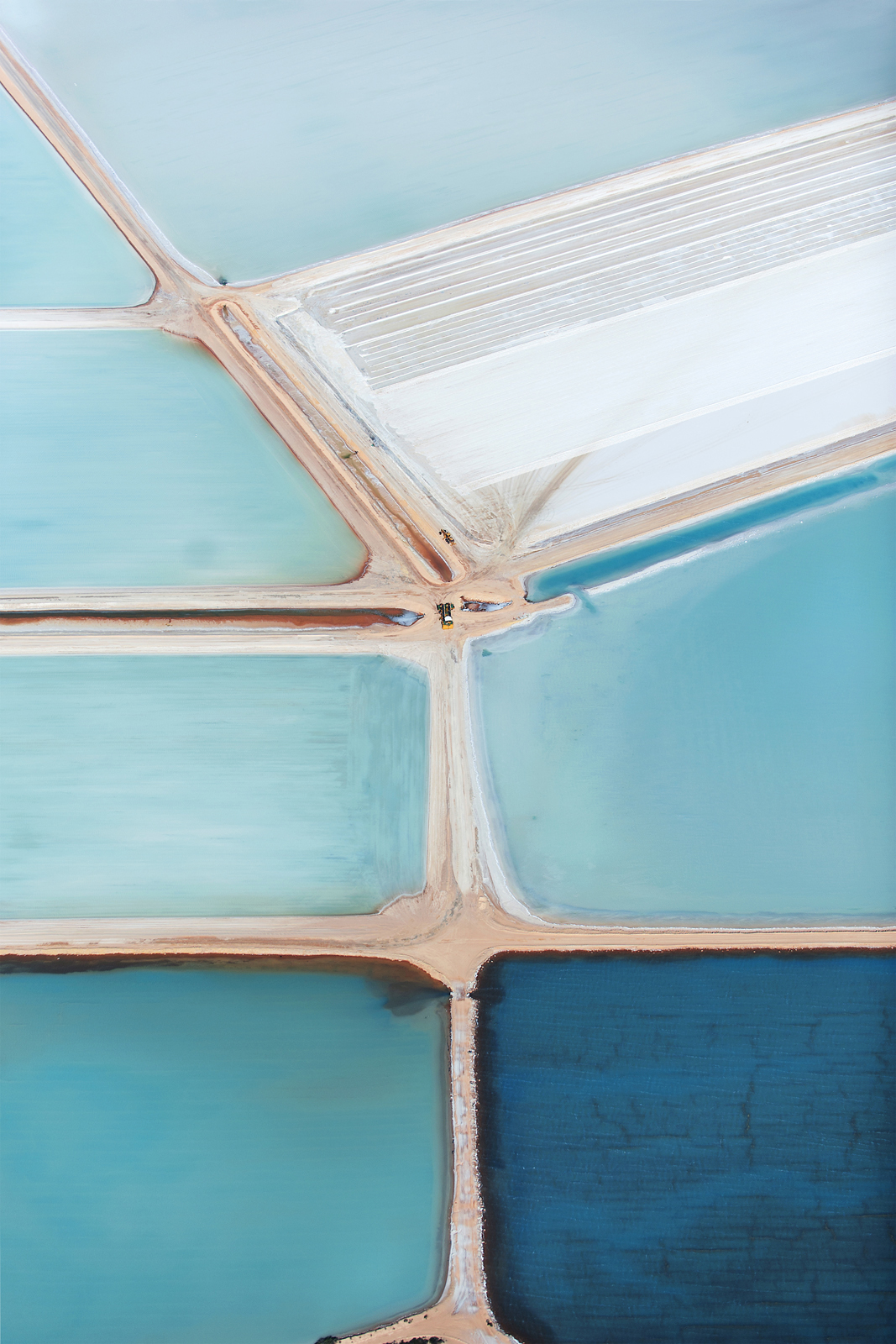
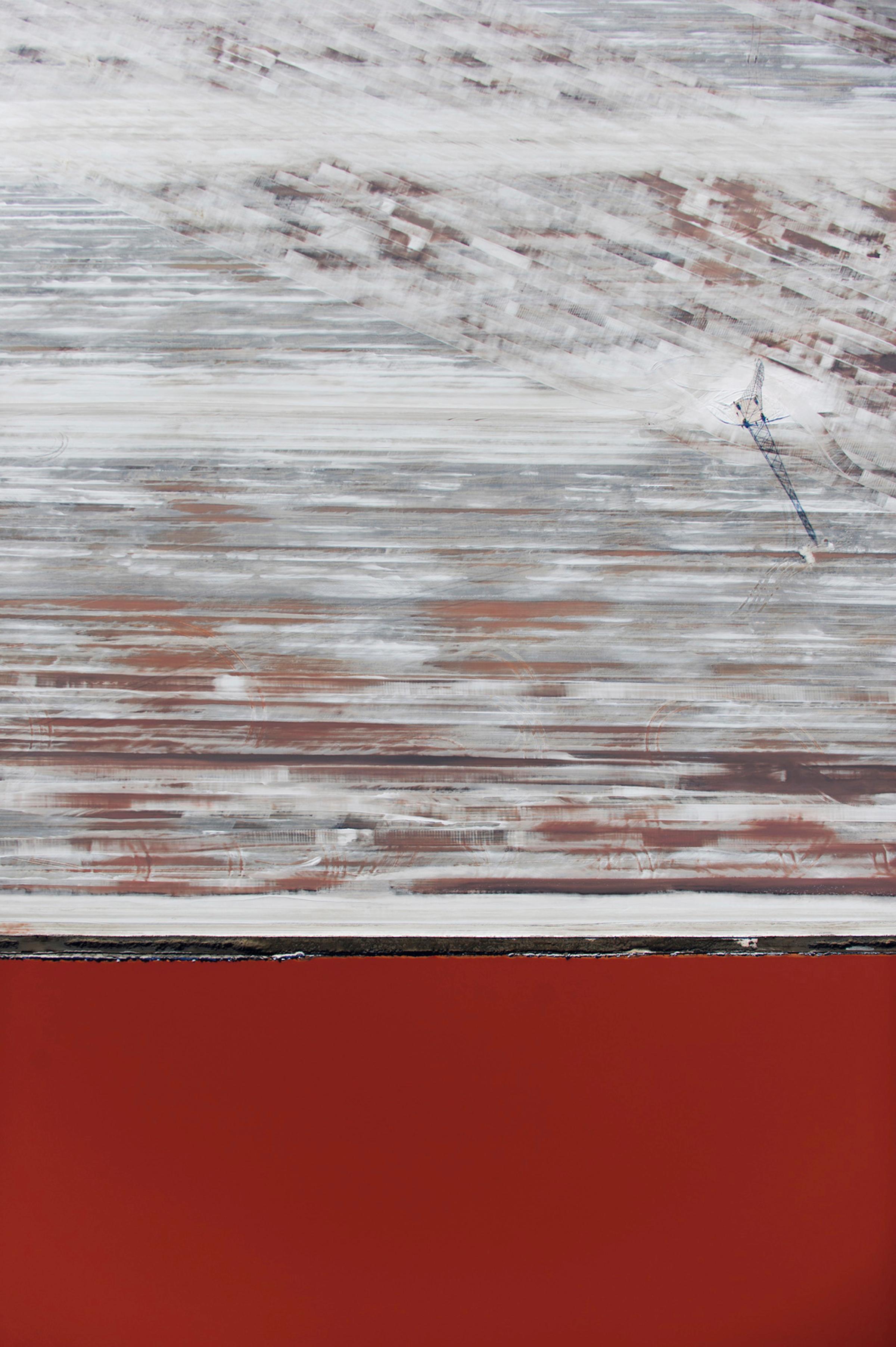
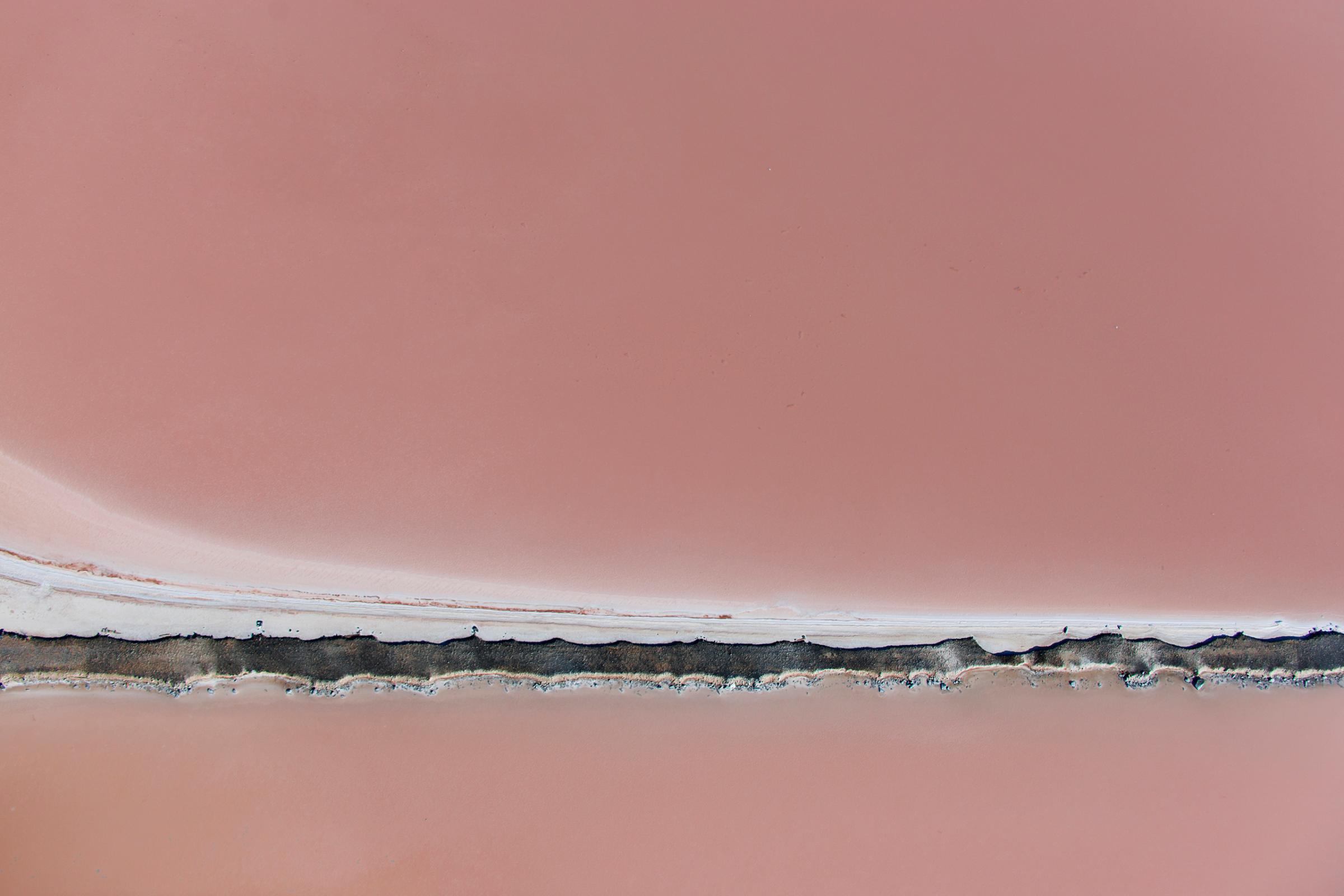
More Must-Reads From TIME
- The 100 Most Influential People of 2024
- Coco Gauff Is Playing for Herself Now
- Scenes From Pro-Palestinian Encampments Across U.S. Universities
- 6 Compliments That Land Every Time
- If You're Dating Right Now , You're Brave: Column
- The AI That Could Heal a Divided Internet
- Fallout Is a Brilliant Model for the Future of Video Game Adaptations
- Want Weekly Recs on What to Watch, Read, and More? Sign Up for Worth Your Time
Write to Kim Bubello at kim.bubello@time.com